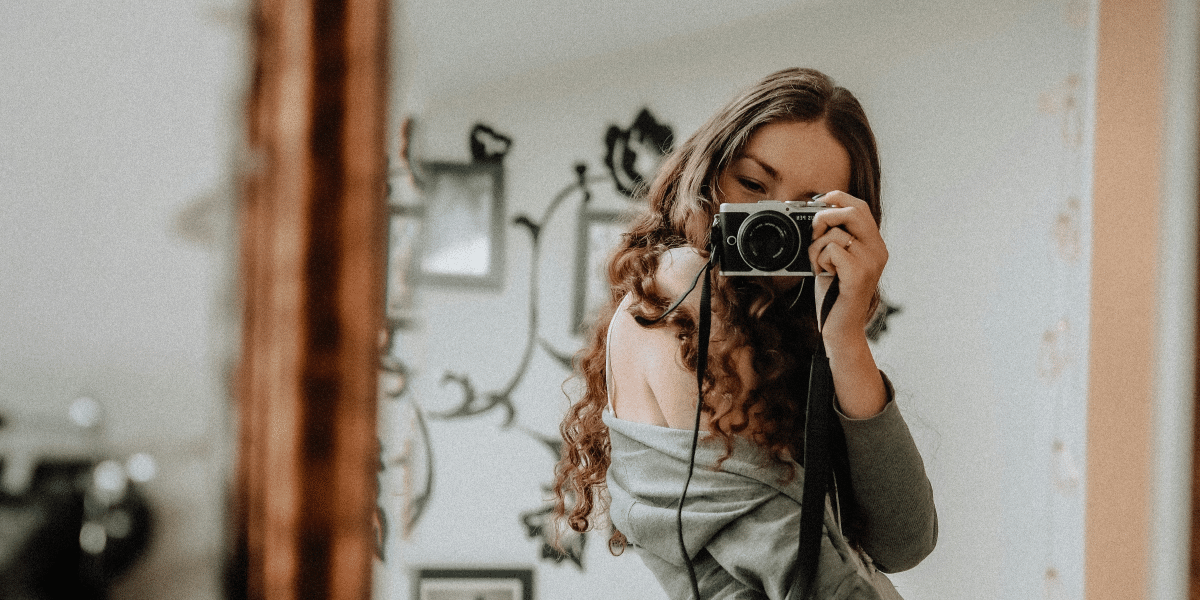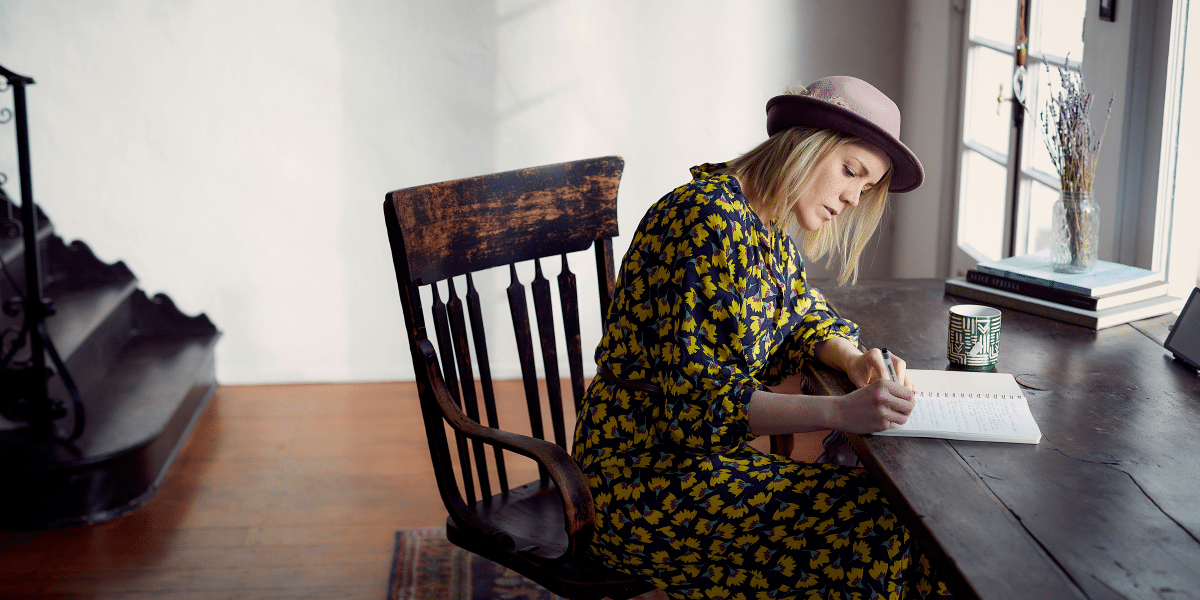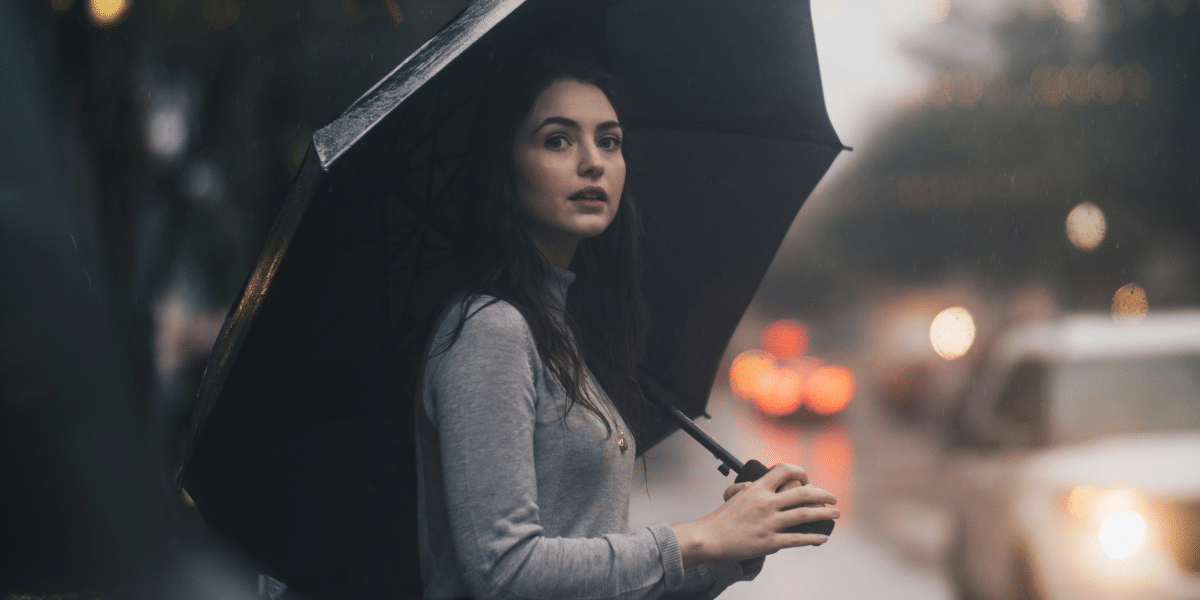Shutter speed is one of the most critical aspects of photography, yet it can be daunting for beginners to understand and utilize effectively. In this beginner-friendly guide, we’ll demystify shutter speed and provide practical tips on how to best utilize it to capture stunning photos.
What is Shutter Speed?
Before we dive into how to use shutter speed effectively, let’s first understand what it is. Shutter speed refers to the amount of time that the camera’s shutter remains open when taking a photo. It controls the duration of exposure, determining how long the camera sensor is exposed to light. Shutter speed is measured in seconds or fractions of a second, such as 1/1000s, 1/250s, or 1s.
The Relationship Between Shutter Speed and Exposure
Shutter speed plays a crucial role in determining the exposure of a photograph. A faster shutter speed lets in less light, resulting in a darker image, while a slower shutter speed allows more light to enter, producing a brighter image. Understanding how shutter speed affects exposure is essential for achieving proper exposure in your photos.
Freezing Motion with Fast Shutter Speeds
One of the key benefits of using a fast shutter speed is the ability to freeze motion in your photos. Fast-moving subjects, such as sports athletes or wildlife, can be captured sharply and crisply with a fast shutter speed. Generally, shutter speeds of 1/500s or faster are recommended for freezing motion effectively.
Creating Motion Blur with Slow Shutter Speeds
Conversely, slow shutter speeds can be used to create motion blur in your photos, adding a sense of movement and dynamism. This technique is often employed in landscape photography to capture the movement of flowing water or in nighttime photography to create light trails from moving vehicles. Experimenting with slow shutter speeds can yield captivating and artistic results.
Adjusting Shutter Speed for Low Light Conditions
In low light conditions, such as indoors or during dusk or dawn, a slower shutter speed may be necessary to allow enough light to reach the camera sensor. However, using a slow shutter speed handheld can lead to blurry images due to camera shake. In these situations, consider using a tripod to stabilize the camera or increasing the ISO sensitivity to compensate for the reduced light.
Balancing Shutter Speed with Aperture and ISO
Achieving the perfect exposure requires finding the right balance between shutter speed, aperture, and ISO sensitivity. Aperture controls the amount of light entering the lens, while ISO sensitivity determines the camera sensor’s sensitivity to light. By adjusting these three settings in tandem, you can achieve the desired exposure for your photos while maintaining optimal image quality.
Tips for Using Shutter Speed Effectively
Now that we’ve covered the basics of shutter speed, here are some practical tips for using it effectively in your photography:
- Understand Your Camera’s Shutter Speed Settings: Familiarize yourself with your camera’s shutter speed settings and how to adjust them manually.
- Use Shutter Priority Mode: If you’re new to manual photography, consider using shutter priority mode (denoted as Tv or S on most cameras), which allows you to set the desired shutter speed while the camera automatically adjusts the aperture for proper exposure.
- Experiment with Different Shutter Speeds: Don’t be afraid to experiment with different shutter speeds to see how they affect your photos. Try capturing fast-moving subjects with fast shutter speeds and creating motion blur with slow shutter speeds.
- Stabilize Your Camera: When using slow shutter speeds, such as for long exposures or in low light conditions, use a tripod or stable surface to prevent camera shake and ensure sharp images.
- Consider the Creative Effect: Think about the creative effect you want to achieve with your photos and adjust the shutter speed accordingly. Whether it’s freezing action, capturing motion blur, or experimenting with long exposures, tailor your shutter speed to suit your artistic vision.
Shutter Speed: an Essential Tool in Photography
Mastering shutter speed is essential for any photographer looking to take their skills to the next level. By understanding how shutter speed affects exposure, motion, and creativity, you can confidently control this fundamental aspect of photography to capture stunning and impactful images. So grab your camera, experiment with different shutter speeds, and unleash your creativity behind the lens!






